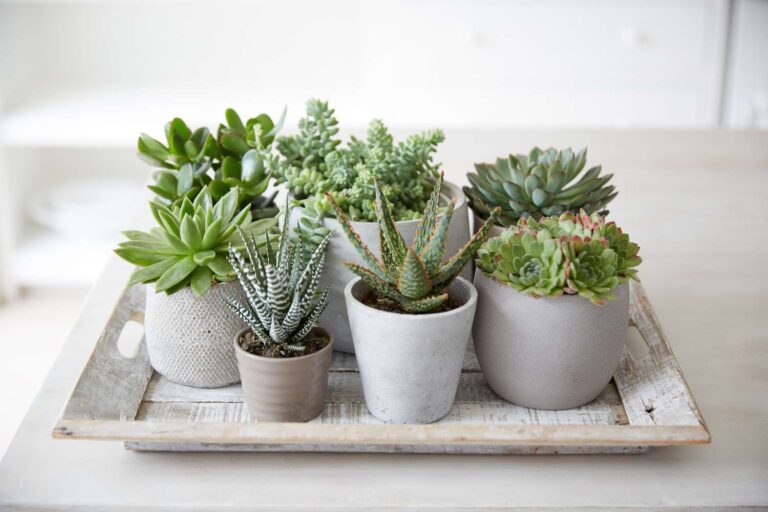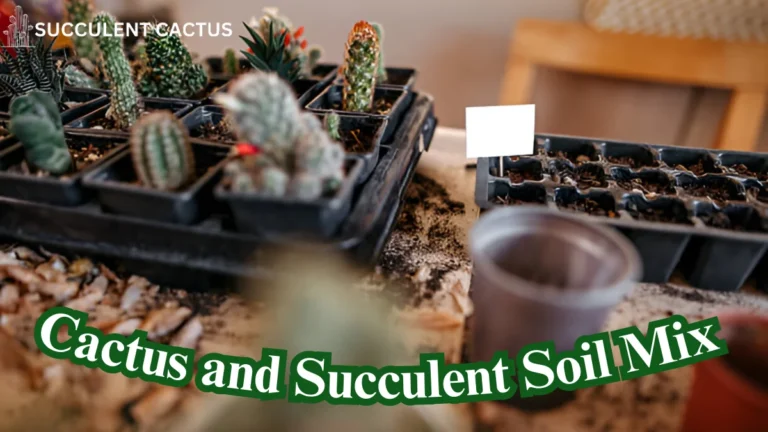Succulent: Tips for Growing and Caring for Beautiful Plants

Succulent plants are an excellent addition to any home or garden. Known for their low-maintenance nature, vibrant colors, and ability to thrive in almost any environment, they are the perfect choice for both beginners and seasoned gardeners. In this comprehensive guide, we will Succulent plants are an excellent addition to any home or garden. Known for their low-maintenance nature, vibrant colors, and ability to thrive in almost any environment, they are the perfect choice for both beginners and seasoned gardeners. In this comprehensive guide, we will explore everything you need to know about succulents, from choosing the right varieties to ensuring their healthy growth and care.
Why Succulents Are a Great Choice for Your Garden and Home
Succulent plants offer numerous advantages that make them ideal for home gardens and indoor spaces. Here’s why they are so popular:
- Low Maintenance Requirements: Succulents require very little care, making them perfect for busy people or beginners.
- Adaptable to Various Environments: Whether grown indoors or outdoors, succulents are incredibly versatile.
- Aesthetic Appeal: Their unique textures and vibrant colors bring beauty to any setting.
- Health Benefits: Succulent plants help purify the air in your home, improving the environment.
Popular Varieties of Succulent Plants
There are many varieties of succulents, each with unique characteristics. Some of the most popular types include:
- Aloe Vera
Known for its healing properties, Aloe Vera is a resilient succulent that thrives indoors and outdoors. - Echeveria
Echeveria succulents are famous for their rosette-shaped leaves in shades of pink, green, and purple. - Sedum (Stonecrop)
Sedums are hardy succulents that are great for rock gardens and ground cover. - Crassula ovata (Jade Plant)
The Jade Plant, also known as Crassula, is renowned for its thick, shiny leaves and is considered a symbol of good luck. - Haworthia
These small, striking succulents are perfect for indoor spaces, as they thrive in low light and are easy to care for. - Agave
Agave plants are known for their dramatic, sword-shaped leaves and are ideal for both indoor and outdoor displays.
Ideal Growing Conditions for Succulent Plants
Creating the best environment for your succulent plants ensures healthy growth. Here’s what you need to consider:
- Optimal Lighting Conditions
Succulent plants thrive in bright light. Place them near south-facing windows or in spots with 4-6 hours of sunlight daily. - Perfect Temperature Range
Most succulents prefer moderate temperatures between 60°F and 80°F (15°C to 27°C). Ensure they are protected from frost and extreme temperatures. - Humidity Management
Succulent plants do best in dry air. Avoid areas with high humidity, as this can lead to diseases and rot.
Choosing the Right Soil for Succulent Plants
Soil selection is crucial for the success of succulent gardening. Here’s how to select the best soil:
- Well-Draining Soil Mix
Use a cactus-specific or well-draining soil mix. Adding sand or perlite to the mix can help improve drainage. - Avoid Heavy, Moisture-Retentive Soils
Heavy soils that trap moisture can lead to root rot. Opt for lighter, more porous mixtures for succulents.
Watering Succulent Plants: Best Practices
Watering is one of the most important aspects of succulent care. Here’s how to do it right:
- Water Only When the Soil is Dry
Let the soil dry out completely between waterings. Succulent plants store water in their leaves, so they don’t need frequent watering. - Proper Watering Technique
Water deeply until the water drains out of the pot’s bottom. This ensures the roots absorb enough moisture without staying soggy. - Signs of Overwatering
Yellowing leaves and a mushy appearance are signs that your succulent has been overwatered. Always allow the soil to dry completely before watering again.
Fertilization Tips for Succulent Plants
While succulents don’t need frequent fertilization, they can benefit from occasional feeding:
- Use Balanced Fertilizers
During the growing season (spring and summer), apply a diluted, balanced liquid fertilizer to encourage healthy growth. - Avoid Fertilizing in Dormancy
Succulent plants don’t need fertilizers during the winter months when they are in a dormant state.
Propagating Succulents: How to Grow More Plants
Succulent propagation is easy and rewarding. Here’s how to create new plants:
- Leaf Propagation
Take a healthy leaf from your succulent, allow it to dry for a few days, then plant it in a shallow container with soil. - Stem Cutting Propagation
Cut a healthy stem and let it callous for a few days. Then, place it in a pot with soil to grow roots. - Offset Propagation
Many succulents produce “pups” or offsets that can be separated from the parent plant and potted in their own container.
Troubleshooting Common Issues with Succulent Care
Even though succulents are low-maintenance, problems can still arise. Here are some common issues:
- Leggy Growth
If your succulent starts to stretch out with sparse leaves, it’s likely not getting enough light. Move it to a sunnier spot. - Pests and Diseases
Keep an eye out for pests such as aphids or mealybugs. Treat infestations promptly using insecticidal soap or rubbing alcohol. - Root Rot
Overwatering is the leading cause of root rot in succulents. If the plant’s roots appear black or mushy, it’s time to repot and fix watering habits.
Creative Display Ideas for Succulent Plants
Succulent plants make excellent decorative elements. Here are some fun ways to showcase them:
- Terrariums
Create a beautiful indoor garden in a glass jar or container, combining various succulent varieties with decorative rocks. - Wall Gardens
Install vertical planters to display multiple succulents. This is a perfect way to save space while creating a striking display. - Table Centerpieces
Succulent plants look great in decorative pots, perfect for creating table centerpieces in homes or offices. - Outdoor Displays
Use succulents in rock gardens, raised beds, or hanging baskets for an eye-catching outdoor display.
Conclusion
Succulent plants are an easy and rewarding way to add beauty to your home or garden. With minimal care requirements and a wide range of varieties to choose from, these plants make an excellent addition to any space. By following the tips provided in this guide, you can ensure that your succulents thrive and continue to provide joy for years to come.
Whether you’re a novice or an experienced gardener, these tips on caring for succulents will help you cultivate a beautiful and sustainable garden.






